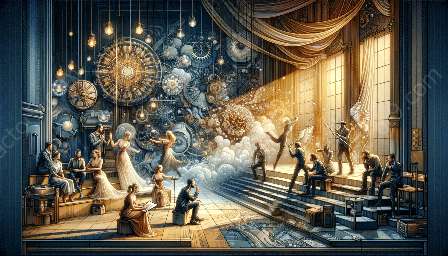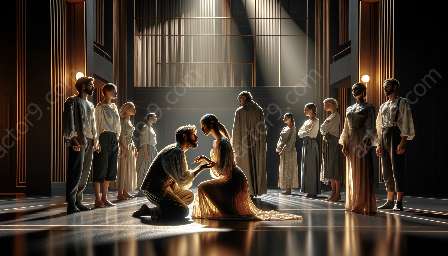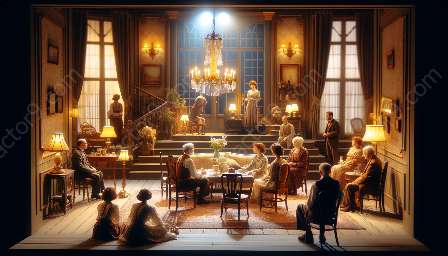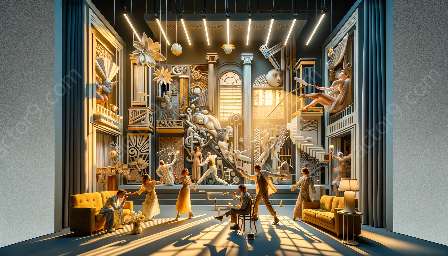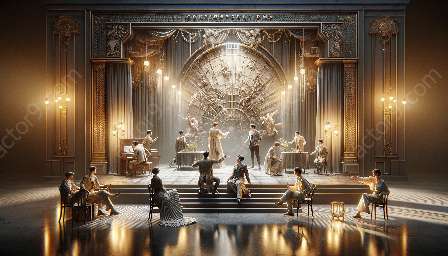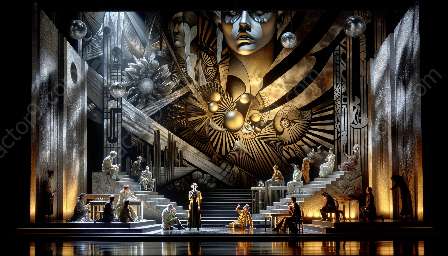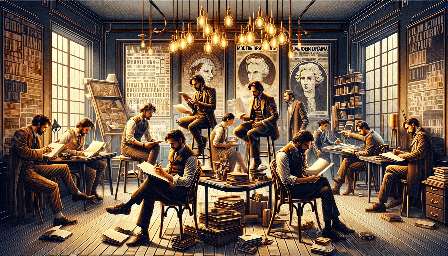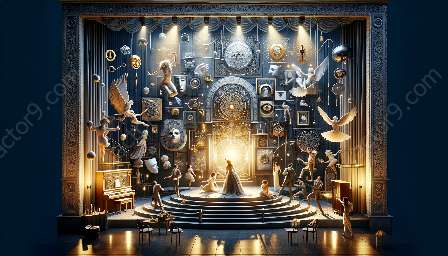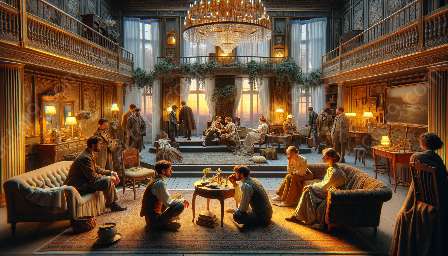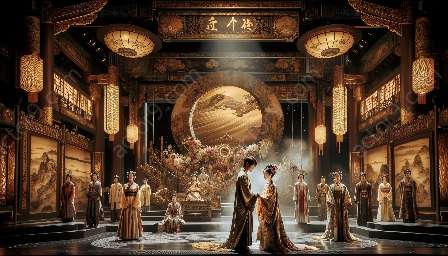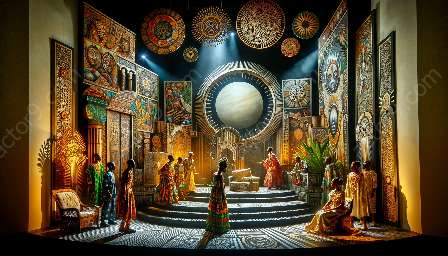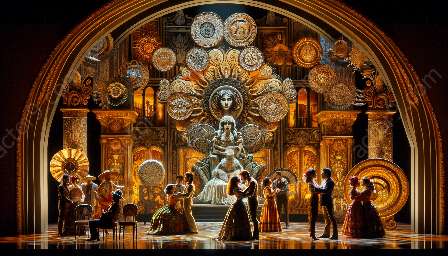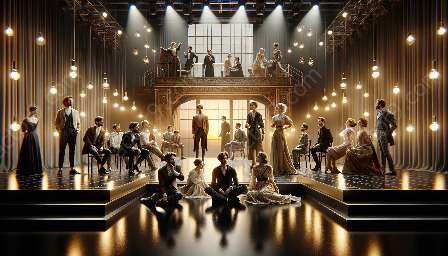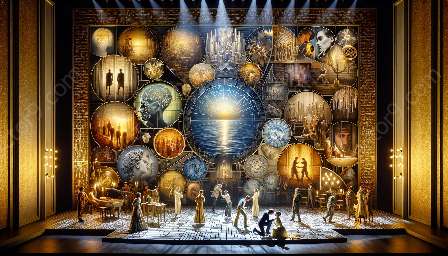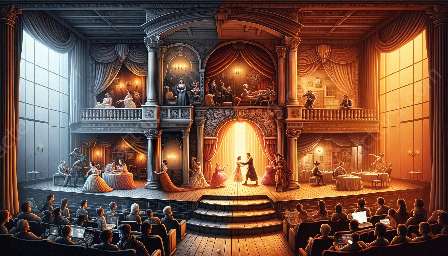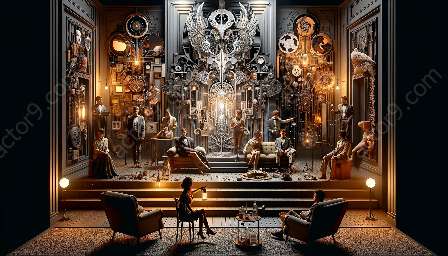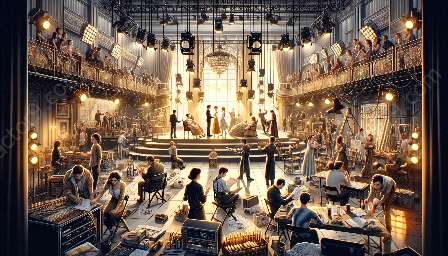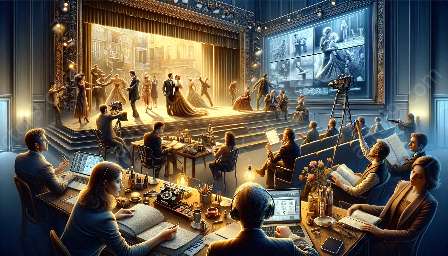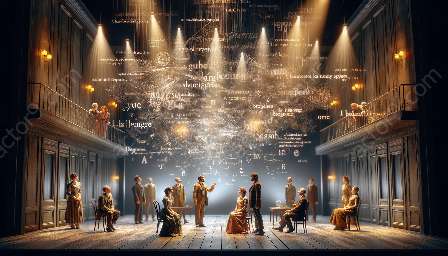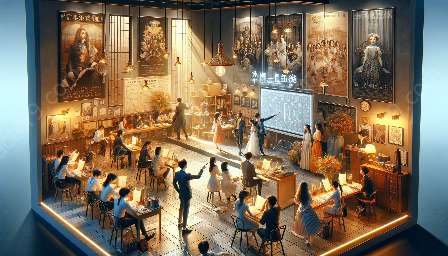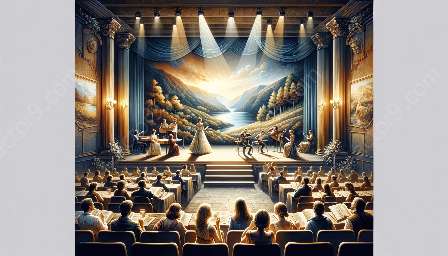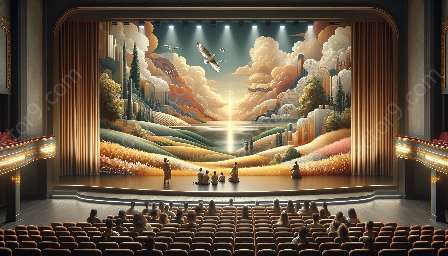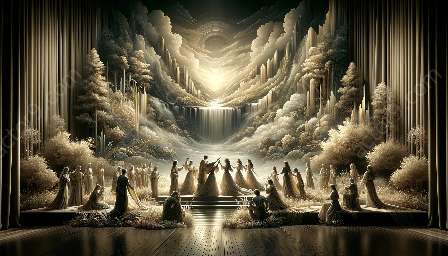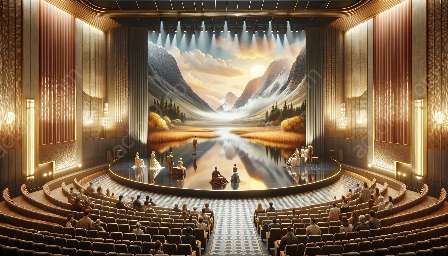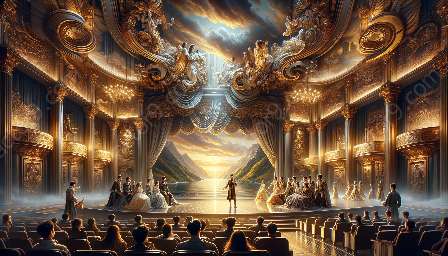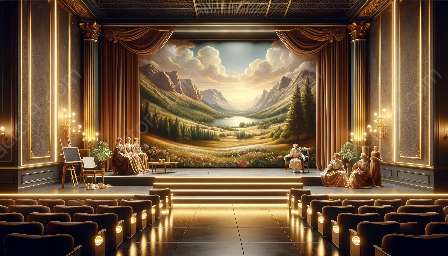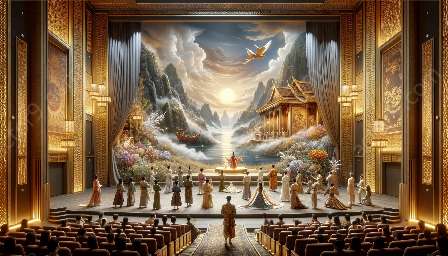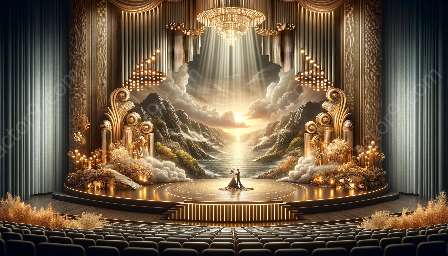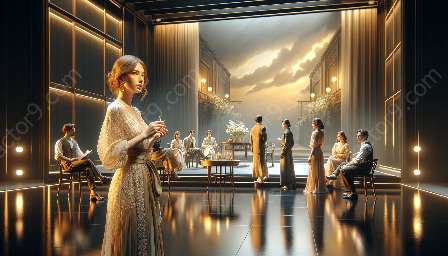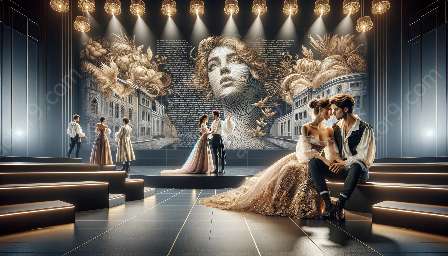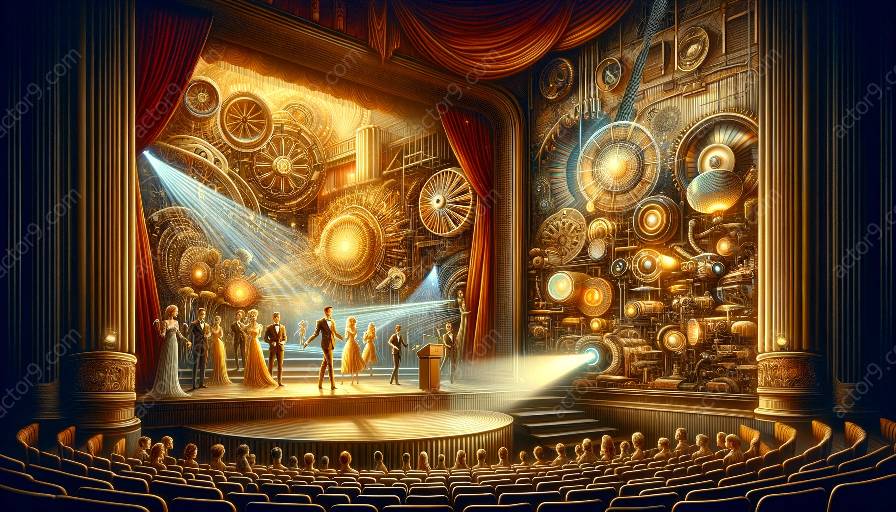Introduction
Modern theater, as an art form, has continually evolved to incorporate advancements in technology and innovation. One of the most significant technological developments influencing modern theater is 3D printing. This innovation has revolutionized the creation of props and set design, allowing for unprecedented creativity and efficiency in the production of theatrical works.
3D Printing: An Overview
3D printing, also known as additive manufacturing, is a process of creating three-dimensional objects from a digital file. It involves layering materials such as plastic, resin, or metal to build objects layer by layer, based on a digital model. The technology has gained widespread popularity across industries due to its ability to produce complex and customized objects with precision and speed.
Impact on Modern Theater Props
Traditionally, creating props for theater productions involved labor-intensive and time-consuming methods such as sculpting, carving, and molding. 3D printing has transformed this process, enabling designers to bring intricate and detailed props to life with unparalleled accuracy. This technology allows for the rapid production of custom props, from small intricate objects to large, elaborate pieces that would have been impractical to create using traditional methods.
Furthermore, 3D printing offers the flexibility to experiment with unique designs and materials, opening up new possibilities for enhancing the visual appeal and authenticity of theater productions. Designers can now easily incorporate complex geometries, organic shapes, and textures into props, enriching the overall aesthetic experience for audiences.
Enhancing Set Design with 3D Printing
The influence of 3D printing extends beyond props to impact set design in modern theater. Set pieces often require custom components and intricate details that can be challenging to construct using conventional methods. With 3D printing, set designers can bring their imaginative visions to life with precision and consistency, realizing elaborate structures and intricate elements that contribute to the immersive nature of theatrical performances.
Moreover, the use of 3D printing for set design allows for the creation of lightweight yet durable components, optimizing the ease of transport and assembly for theater productions. This means that elaborate and visually stunning set designs can be realized without compromising practical considerations, enhancing the overall production value and experience for both creators and audiences.
Intersection of Science, Technology, and Modern Drama
The integration of 3D printing in modern theater prop and set design represents a harmonious convergence of science, technology, and art. This innovative application of technology in the realm of drama showcases the transformative power of modern advancements in material science, engineering, and digital design.
Furthermore, the collaborative nature of incorporating 3D printing in theater production underscores the interdisciplinary approach to modern drama. Designers, engineers, and artists collaborate to leverage cutting-edge technology, merging creativity with technical expertise to push the boundaries of what is achievable in theatrical expression.
In Conclusion
3D printing has undeniably reshaped modern theater prop and set design, offering a wealth of creative possibilities and enhancing the overall artistic quality of theatrical productions. As the technology continues to advance, its impact on the theatrical landscape is poised to grow, inspiring new forms of storytelling and visual expression in the realm of modern drama.


